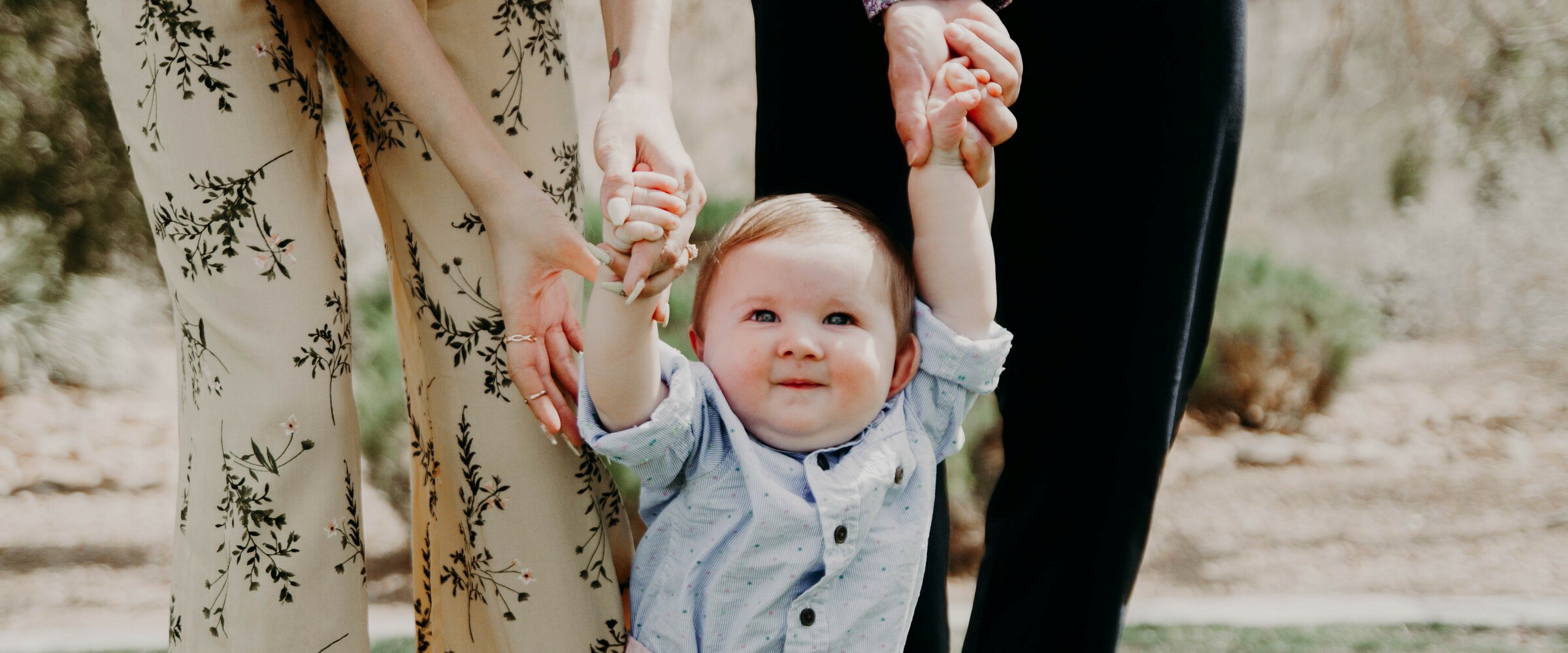
Children of IVF parents as healthy as those conceived spontaneously
In 2007 a local Melbourne paediatrician approached me curious about whether girls conceived through In-Vitro Fertilisation (IVF) and other Assisted Reproductive Treatments (ART) enter puberty earlier than those conceived spontaneously. With the first babies born through IVF now reaching their mid-30s, this query was my early motivation and the catalyst to initiate a study on the effects of IVF and ART on the health and wellbeing of children conceived through these technologies.
How healthy are IVF children?
This project was the largest of its kind ever attempted, worldwide.
We found that children conceived by IVF grew into healthy, normal adults when compared to children conceived spontaneously.
The collaborative study initially funded by Melbourne IVF prior to a National Health and Medical Research Council (NHMRC) grant involved researchers from Murdoch Children’s Research Institute, Monash IVF, the University of Melbourne and Monash University. Interviewing 656 mothers who used ART and their 547 young adult offspring aged between 18 and 29 years, and compared this to reports from 868 mothers and their 549 young adult offspring who were conceived spontaneously.
Self-report of their health and wellbeing for the first 18 years of life found the ART children had a normal body mass index and similar history of pubertal development to those spontaneously conceived. Educational outcomes, including tertiary admission ranked scores and completion of tertiary education, were also similar.
Were there differences in the health of IVF-conceived children?
Mothers did report a higher rate of hospitalisation, as well as a higher rate of asthma and hay fever in ART children. We found this to be in line with what we already know as a common mild condition in the whole community. The rate is not much higher at 23% of spontaneously conceived children experiencing allergies, compared to 30% of ART children.
These problems are more common in premature babies and we know a higher proportion of ART babies are born prematurely for reasons still largely unknown. Premature births may be because of the age of IVF mothers, as having a baby in your early 40s is generally harder than having a baby in your late 20s or early 30s.
ART parents might take their children to the GP more often and consequently they are diagnosed at a higher rate. We found ourselves speculating if parents of IVF-conceived children are more protective reducing their baby’s exposure to dust and dirt in turn increasing their risk factor for later allergies.
The finding of increased hospitalisations, including in the secondary school years, has not been examined in other studies to date and the reasons for hospitalisation varied, with no consistent set of conditions. Again, we wonder if this is due to parental vigilance.
What will be done to investigate further?
This study fills an important gap in our knowledge about the long term health outcomes of children conceived via IVF and ART. Our results indicate that the perceived physical, mental health, social and environmental quality of life reported by the 547 ART-conceived adults is very similar to that of their non-ART conceived peers.
We have a responsibility to continue this research and gather further clinical review in long term follow up of those conceived through IVF and other ART. Further research will evaluate their health status and follow up to determine if there are any important lifelong medical or other legacies of IVF.
What does this mean for those considering IVF?
This study provides reassurance to those requiring IVF that there are no apparent substantial negative long term health and wellbeing effects on young adults compared to those spontaneously conceived.
This study is published in Fertility and Sterility.
